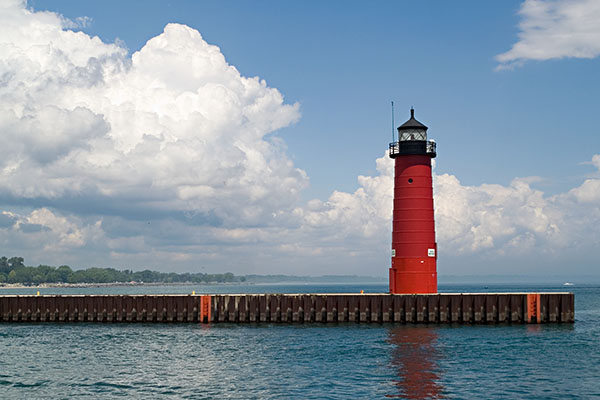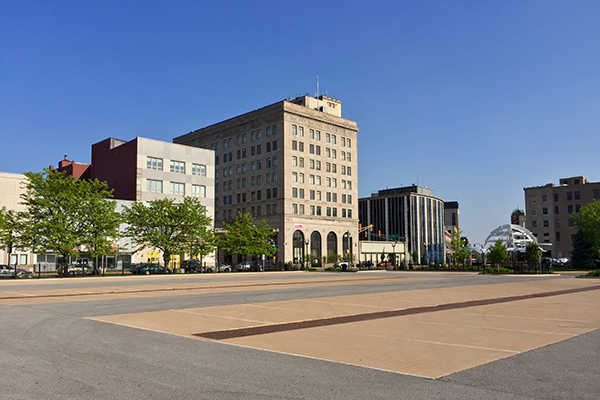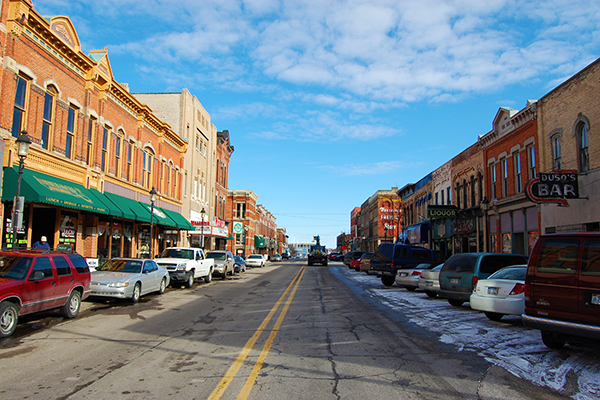Northeast Indiana Regional Development Authority – Regional Development Plan
Challenge During the preparation of the Vision 2020 plan in 2010, leaders in the 11-county Northeast Indiana region highlighted a critical drop in per capita personal income over a 15-year period as several major employers downsized or ceased operations. Concerns about the region’s economic decline were amplified by stagnating population […]









